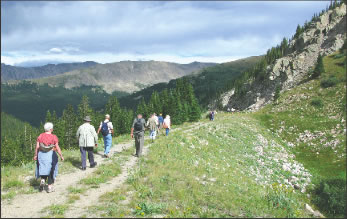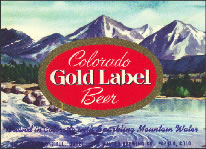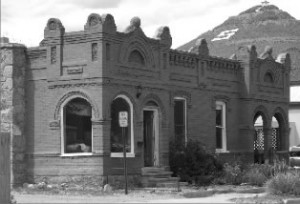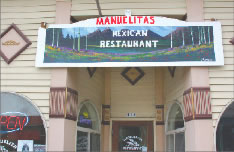by Kenneth Jessen
In 1879, the Denver, South Park & Pacific railroad constructed a narrow gauge railroad from Denver up the South Platte Canyon, over Kenosha Pass and across South Park. It was a grand scheme to tap shipments to and from the mining areas, pick up agricultural products, and carry passengers on one of the most spectacular railroads ever constructed. It was also a race with the Denver & Rio Grande railroad to reach Gunnison. The Denver & Rio Grande wisely picked a rather conventional route over Marshall Pass, while the Denver, South Park & Pacific embarked on a daring scheme to drill a tunnel under the Continental Divide.
A route was surveyed up Chalk Creek Canyon near Buena Vista. Bids were let in 1879, and the following year work started on the tunnel from both the east and west portals. Materials were hauled over primitive wagon roads to the sites. Weather above 11,000 feet at the portals played a major role in construction. The worst problem was hiring men to work at these elevations year round. Normally, the railroad paid $4.50 to $5.00 a week (with room and board) for laborers, but it soon discovered that even $3 a day was still was not attractive enough to keep the required work force of 150 men.

Another problem was the geology of the area. Nearby mines penetrated hard, metamorphic rock and it was thought that the Alpine Tunnel would be cut through similar rock and could be completed without timbering. However, the tunnel went between two mountains in loose rock. This meant that almost every inch of the 1,800 foot tunnel had to be lined with heavy 12” x 12” timbers. Some 460,000 linear feet of California redwood was shipped to the portals during construction. Despite the difficulties, trains were running through the tunnel by December of 1880.
In order to provide comfortable living conditions for the men, the Atlantic Construction Camp was established about 100 yards from the portal. Based on a detailed ground survey, it consisted of at least seven log structures. Most had a fireplace and all were made from large, notched logs.
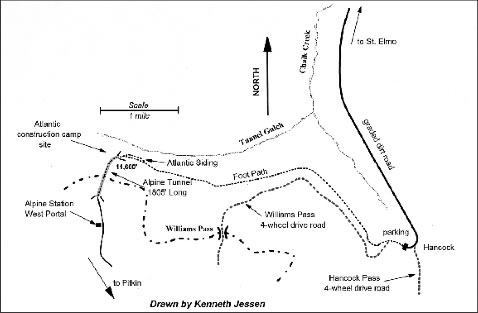
The Denver, South Park & Pacific went bankrupt nine years after the tunnel was completed, and its assets were purchased by the Union Pacific. Constant maintenance of the tunnel’s interior, combined with the cost associated with snow removal, proved too much. To keep the line open the railroad had to pay maintenance men to live at the camp year round.
In 1910, a cave-in dropped debris for about 100 feet and no attempt was made to clear the tunnel. The track from the west portal to Gunnison and to coal mines at Baldwin was sold to rival Denver & Rio Grande. In 1923, most of the rail was removed from both sides of the tunnel. In recent years the Forest Service has stabilized the small depot at the west portal and has re-laid a piece of track to give visitors an idea of how the line once appeared. The east portal and the construction camp can be reached over a good trail using the railroad grade. It is a constant 4% and an easy hike. The Forest Service has created a small parking lot at Hancock and added signs along the trail to explain the history. As a note of caution, the road beyond St. Elmo may not be suitable for an automobile.
Kenneth Jessen of Loveland is the author of many books of Colorado lore, most recently The Great Western Railway.
